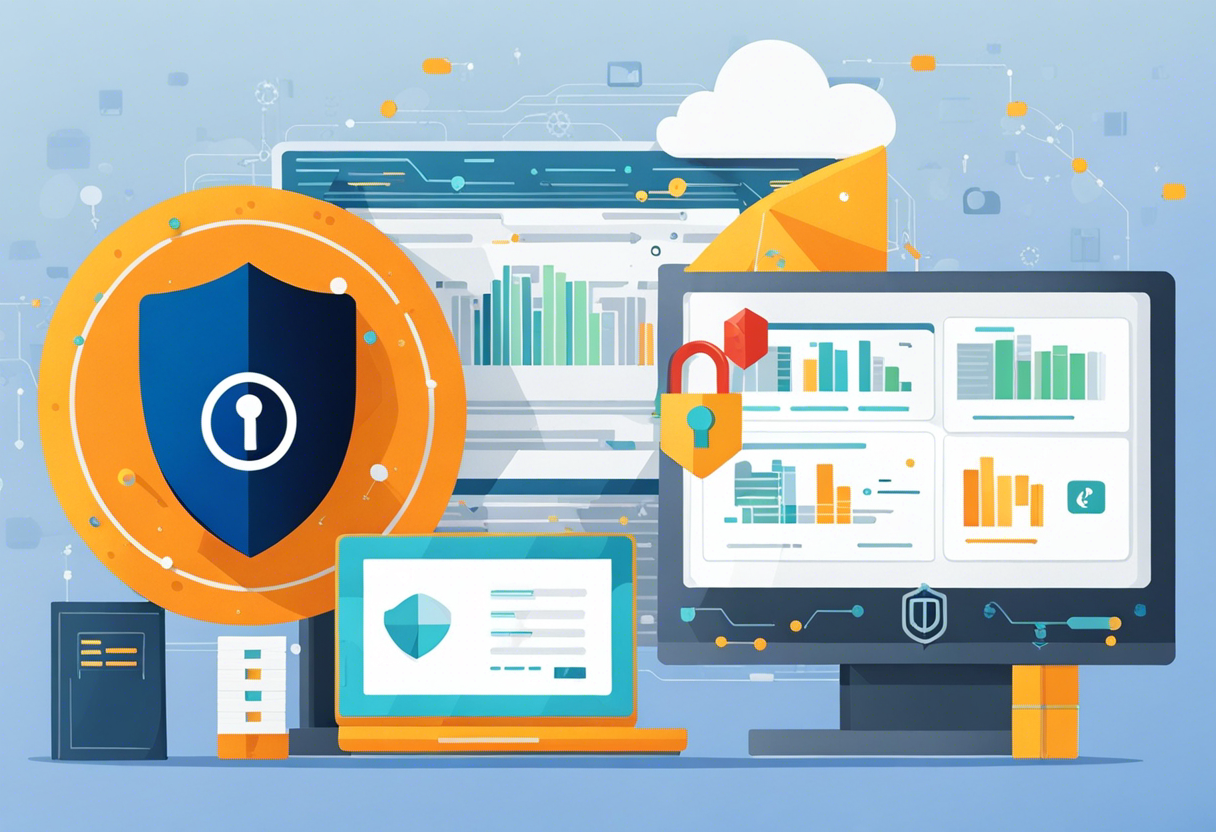Cracking the Code of Cybersecurity in the Cloud for Robust and Reliable Data Protection
Recognizing the buzz around data and its privacy, it's fitting to begin our exploration with the most fundamental aspect of cybersecurity in the cloud - the infrastructure. Cloud security infrastructure constitutes the foundation of any attempt to provide robust and reliable data protection. The reason? It contains all the built-in security controls, operating systems, and protocols designed to prevent unauthorized access.
Being vigilant against threats requires advanced intruder detection systems (IDS). IDS are instrumental in identifying abnormal patterns or signs of a security breach in the cloud. Detection in real-time allows for immediate action besides creating an audit trail for future investigations, providing added layers to cybersecurity fortification.
Solutions like Security-as-a-Service (SECaaS) can be implemented, providing enterprises with comprehensive, round-the-clock, cyber threat hunting. By outsourcing security needs, businesses can focus on their growth while ensuring strengthened security against possible cyber attacks.
The necessity then becomes to select a cloud service provider offering a rich set of security features - from robust encryption and security certifications to regular audits.
Exploring Efficient Data Encryption and Decryption

Safeguarding sensitive information is a critical element in cloud cybersecurity - hence the role of data encryption. Data encryption converts valuable information into non-readable formats. It is during this conversion process that security keys are used; these keys are then required to translate back the encoded data into a readable format.
One key to achieving optimal encryption is choosing the right cryptographic algorithm. AES (Advanced Encryption Standard) with a 256-bit key is a popular choice due to its high level of security.
Cloud platforms must also provide means for secure key management. A popular method to achieve this is by utilizing Key Management Services (KMS), which store, manage, and rotate your cryptographic keys, reducing the risk of loss or theft.
Last but not least, to ensure data integrity, enterprises can opt for Hashing or Message Digest. These are one-way functions that generate unique values for unique inputs, helping detect any alterations in data.
Multi-Factor Authentication and Authorized Access

As we delve deeper into cracking the code of cybersecurity, we must acknowledge the role of multi-factor authentication (MFA). MFA essentially adds multiple layers to the security wall by necessitating more than one method of authentication from independent sources. This could be a combination of something you know (a password), something you have (a token), or something you are (biometric).
The importance of access controls can't be overstressed as well. By employing proper access controls, companies ensure only authorized personnel can access sensitive data. Role-based access control (RBAC) is a common method used, in which access rights are based on roles within the organization.
Implementing a Zero Trust Framework can further secure your cloud environment. Under this model, no users, even those inside the organization, are automatically trusted. They must verify their identity before accessing applications or data.
Regular Auditing and Automated Compliance

The last piece in our cybersecurity puzzle involves proactive auditing and compliance. Regular audits help identify any vulnerabilities in your cloud infrastructure, ensuring that the installed security measures are apt.
While it may sound daunting, integrating automated compliance reports can simplify this process significantly. Automated compliance tools assess your infrastructure against industry standards such as GDPR or HIPAA and create detailed reports on your compliance levels.
Posture management tools can also evaluate your cloud environment's security posture. They provide insights about misconfigurations or deviations from best practices, offering continuous visibility of potential areas of compromise.
By leveraging these pillars of effective cybersecurity, businesses can robustly secure their data in the cloud, paving the way for business expansion without fearing security breaches. Remember, having a comprehensive, layered approach is key to cracking the cyber-security code in the cloud.







